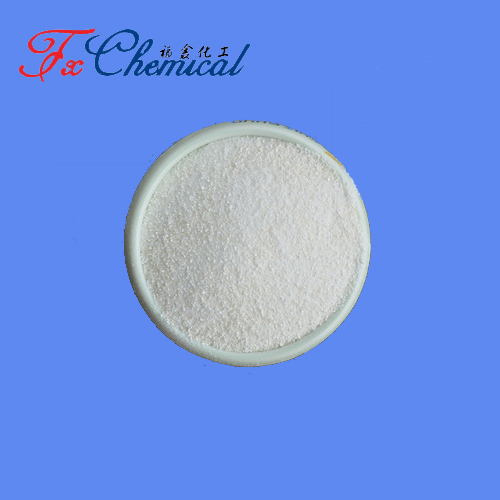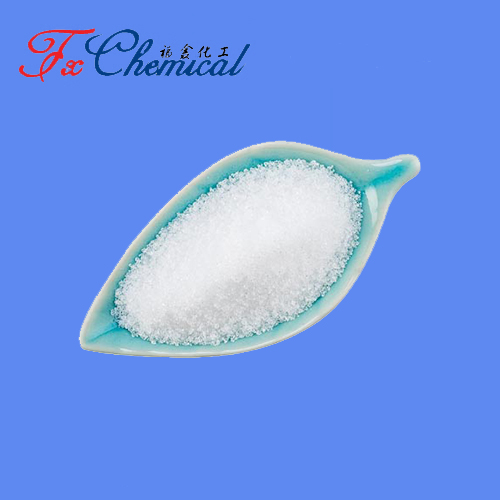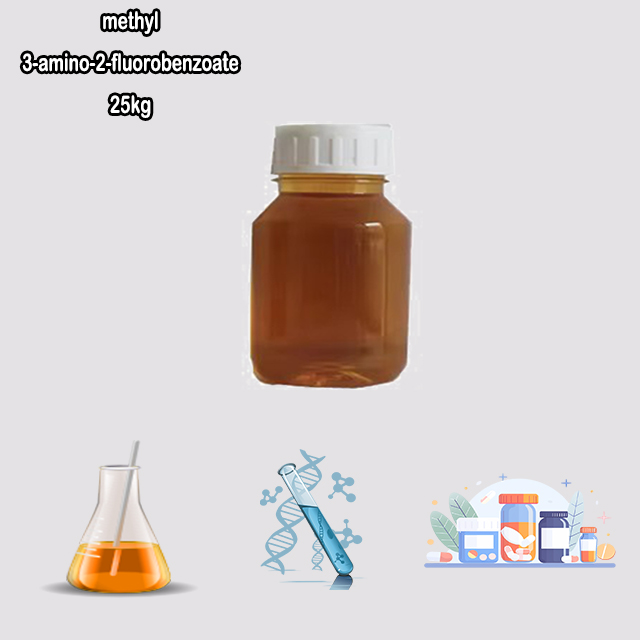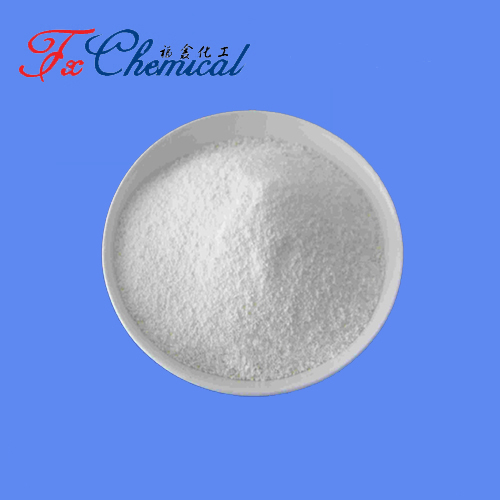
Search

Search

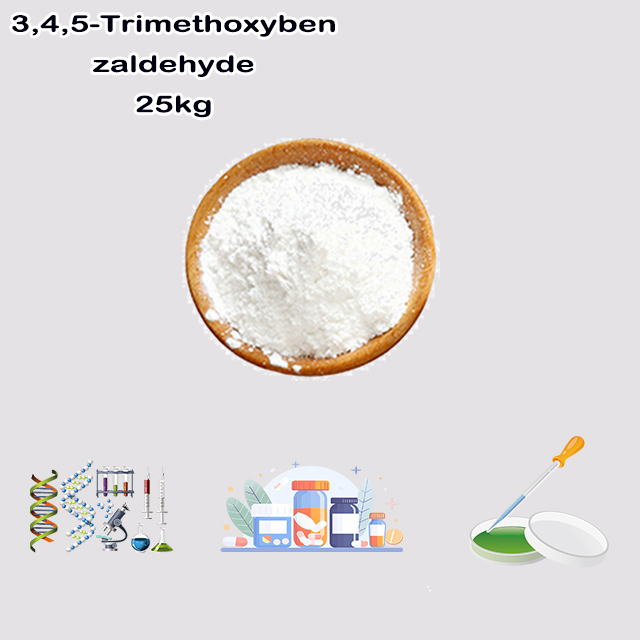
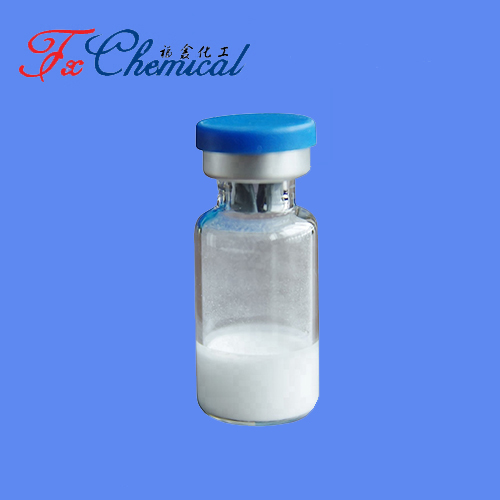
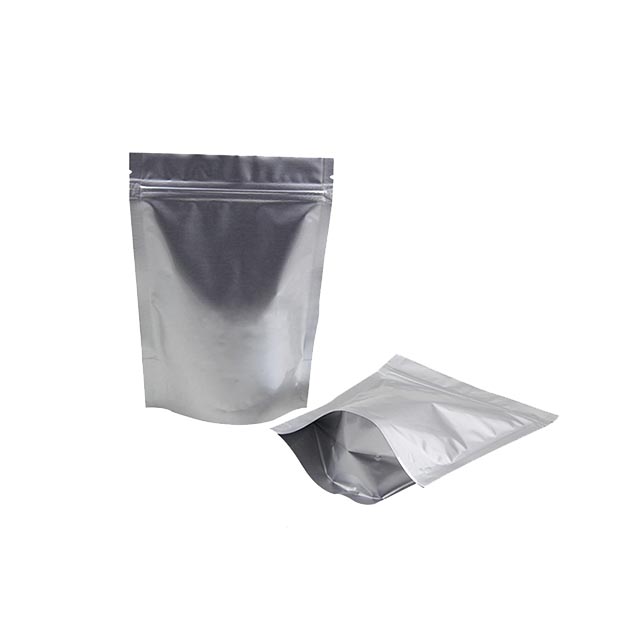
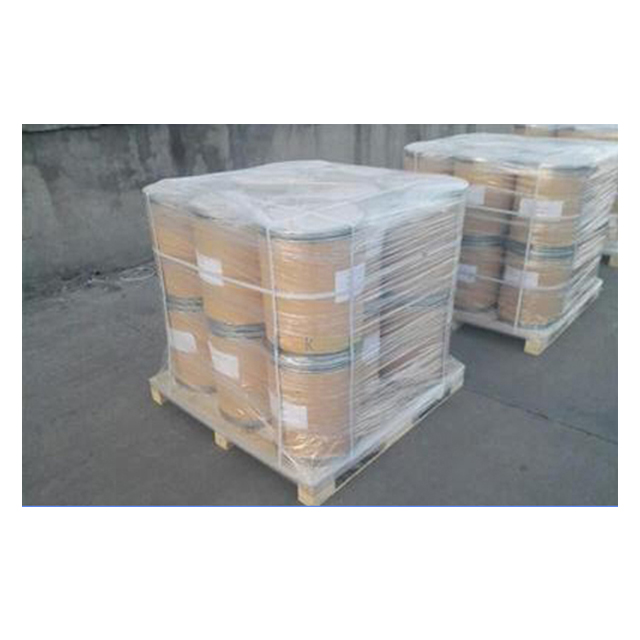
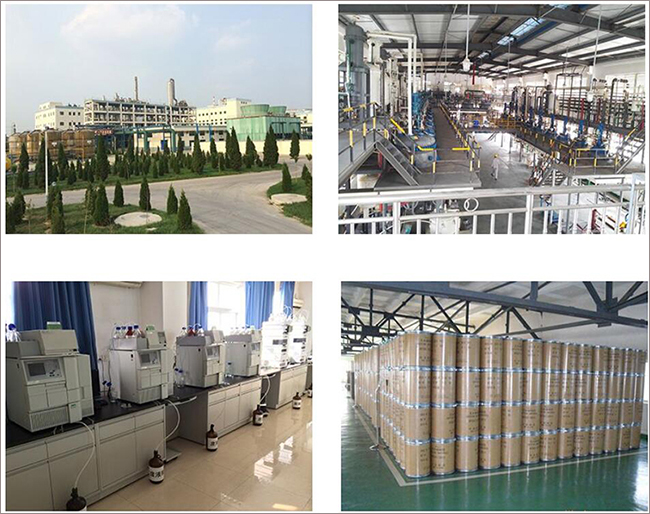





3,4,5-Trimethoxybenzaldehyde (C₁₀H₁₂O₄) is a symmetric aromatic aldehyde with three methoxy (–OCH₃) groups at positions 3,4,5 on the benzene ring.
Key Facts:
Appearance: White to pale yellow crystals (mp: 74–76°C).
Solubility: Organic solvents (e.g., ethanol, chloroform); insoluble in water.
Reactivity:
Aldehyde (–CHO) undergoes oxidation/reduction.
Electron-rich ring allows electrophilic substitution (e.g., at position 2).
Applications:
Key precursor for pharmaceuticals (e.g., antibiotic trimethoprim).
Synthesizes agrochemicals, dyes, and natural products (e.g., mescaline).
Building block for ligands and polymers.
Why Important: Combines aldehyde reactivity with sterically symmetric methoxy groups, enabling precise synthesis of bioactive molecules.
3,4,5-Trimethoxybenzaldehyde (C₁₀H₁₂O₄) is a synthetic aromatic aldehyde widely used as a building block in organic chemistry and pharmaceutical synthesis. Here are its key chemical details:
Core: Benzaldehyde derivative with three methoxy (–OCH₃) groups at positions 3, 4, and 5 on the benzene ring.
Formula: C₁₀H₁₂O₄
Molar Mass: 196.20 g/mol
CAS Number: 86-81-7
OCH₃
│
OCH₃─1─2─3─CHO
│ │
H₃CO 4
*(Positions: 1,2,3 = methoxy groups; position 4 = aldehyde group)*
Appearance: White to pale yellow crystalline solid.
Melting Point: ~74–76 °C.
Solubility: Soluble in organic solvents (ethanol, acetone, chloroform); low solubility in water.
Odor: Characteristic almond-like (common to aldehydes).
Typically produced by:
Etherification of Gallic Acid: Methylation of 3,4,5-trihydroxybenzoic acid (gallic acid), followed by oxidation/decarboxylation.
Rimer-Tiemann Reaction: On 1,2,3-trimethoxybenzene.
Pharmaceuticals: Precursor to antibiotics (e.g., trimethoprim), antivirals, and anticancer agents.
Agrochemicals: Synthesis of herbicides and fungicides.
Alkaloid Synthesis: Used to prepare hallucinogens (e.g., mescaline) and other natural product analogs.
Organic Intermediates: For ligands, dyes, and polymers.
Aldehyde Group: Undergoes typical reactions (oxidation, reduction, nucleophilic addition).
Electron-Rich Ring: Electrophilic substitution favors the 2-position (ortho to one methoxy, para to another).
Symmetry: The 3,4,5-substitution pattern enhances regioselectivity in reactions.
Irritant: May cause skin/eye irritation.
Handling: Use gloves/goggles; avoid inhalation.
Summary: A versatile aldehyde with symmetric methoxy substitution, enabling precise functionalization in drug design and organic synthesis. Its stability and reactivity make it valuable for constructing complex molecules.
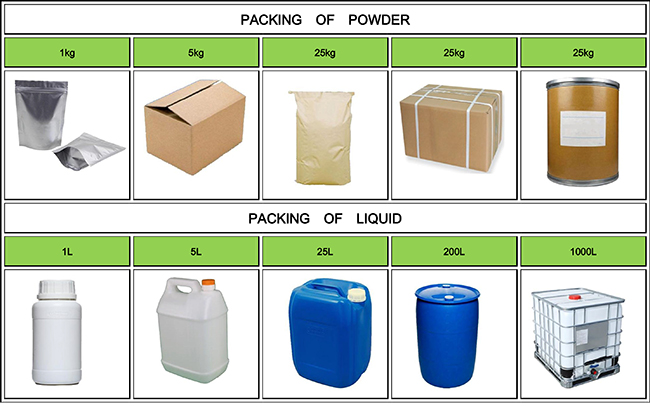
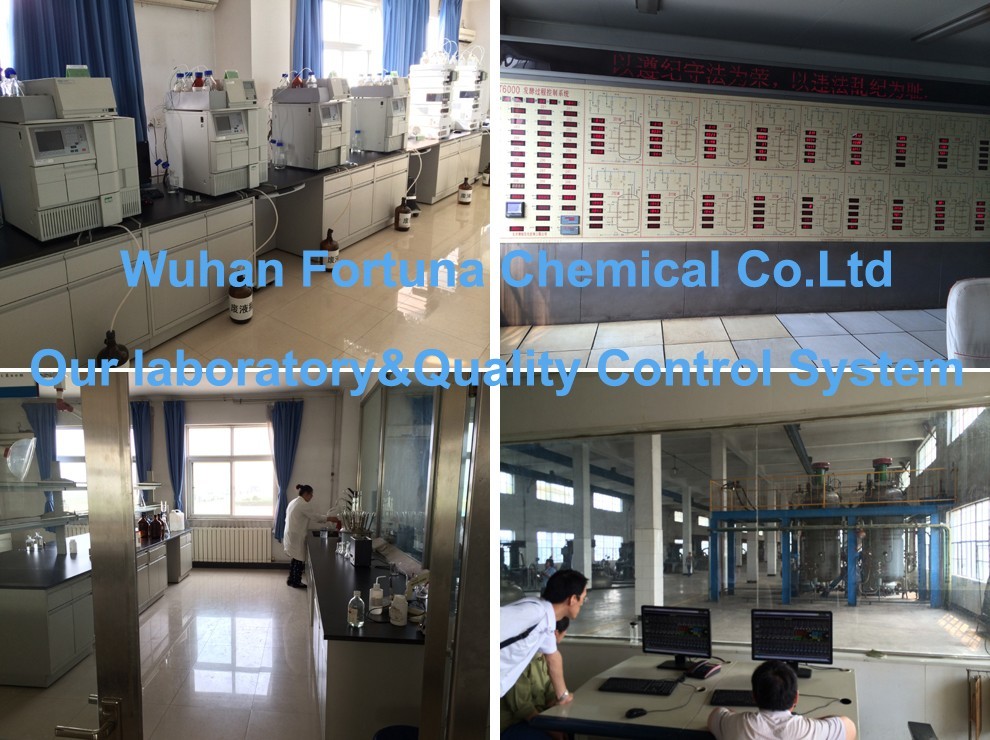


Fortunachem Provides Not Only Professional Chemical Products But Also Professional Help
Keeping you up-to-date with all the latest information, news, and events about Fortunachem!

Quick Links
Add:
E-mail:
 English
English  Español
Español  français
français  العربية
العربية 